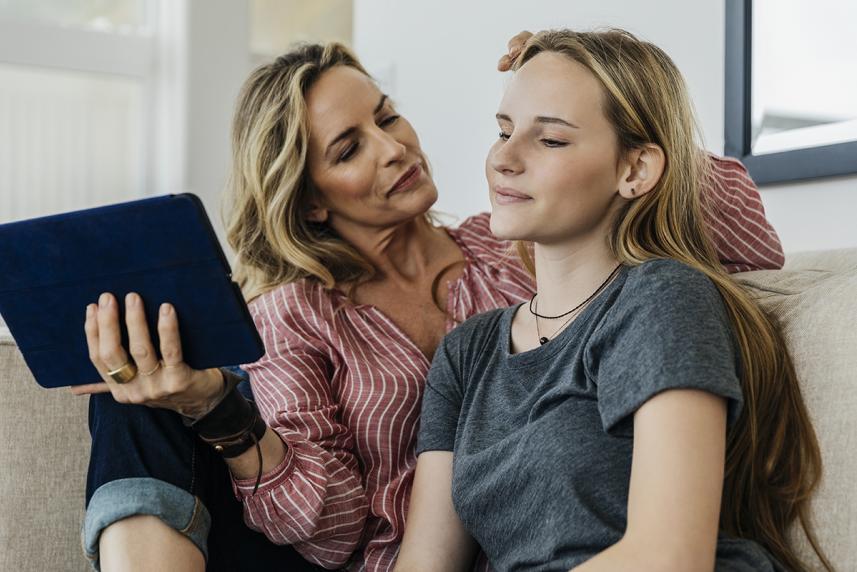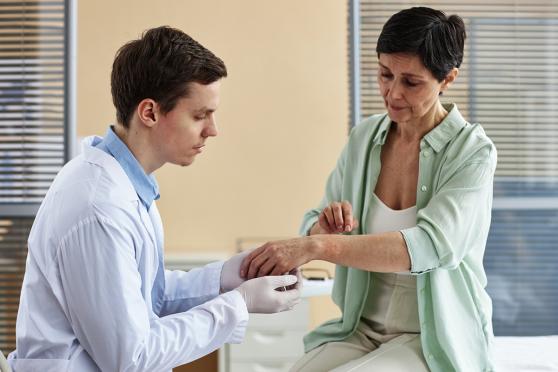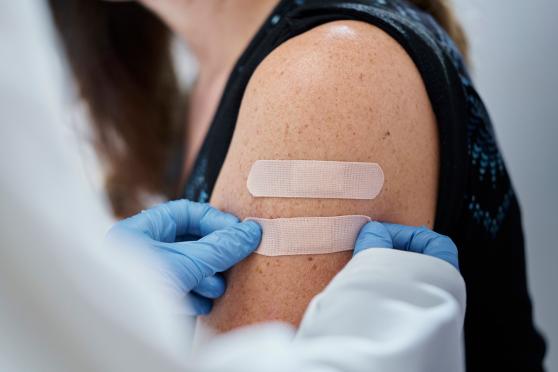Understanding ADHD
When your child starts on any prescription, there can be an adjustment period. This can be especially true with attention deficit hyperactivity disorder (ADHD) medicines. Here's what you need to know to help your child adjust to their treatment plan.

An ADHD diagnosis for a child can be intimidating for any parent or caregiver. It can also be a lot for the child to learn and understand. Here’s the good news: ADHD is manageable, especially if you work with your child’s doctor to set up a treatment plan that you and your child feel good about. The key is sticking to that plan. Here’s an overview of what you need to know.
ADHD is a common neurodevelopmental condition. According to the Centers for Disease Control and Prevention, a recent study revealed that over a three-year period, 6 million children ages 3 to 17 were diagnosed with ADHD in the U.S.
Signs that a child may benefit from an evaluation include:
- Trouble paying attention
- Impulsive behavior
- An above-average level of activity, often constant
Seeing one of these symptoms occasionally is not enough to diagnose ADHD. But if you see more than one, or if one is ongoing and becoming a problem, it is a good idea to consider getting your child evaluated. Contact your pediatrician for guidance. Your next step may be to contact a specialist.
Here are some other signs and symptoms of ADHD:
- Cannot sit still
- Makes careless mistakes
- Has difficulty getting along with others
- Talks excessively
- Is forgetful
- Daydreams frequently
- Has trouble taking turns
Treating ADHD
The first, and possibly most important, step to take after an ADHD diagnosis is to work closely with your child’s doctor. The right treatment plan will likely include age-appropriate behavioral therapy in addition to medication. Many experts agree that a combination of the two tend to work better than either one alone.
What is behavioral therapy? It gives children and their families ways to strengthen positive child behaviors. It also focuses on changing or eliminating problematic behaviors. The general theory is that all behaviors are learned, so behaviors can be changed or adapted. Therapists, teachers, parents, and anyone else heavily involved in the child’s life should all be involved in the process of behavioral therapy.
Behavioral therapy is an effective treatment for ADHD and can give children more structure and positive reinforcement. It can help improve the following for a child:
- Academics
- Behavior
- Self-control
- Self-esteem
Classroom behavioral management. This is another approach, where teachers help kids manage their ADHD. Teachers watch the child’s behavior in class and look for any changes. They may use reward systems or daily report cards to give kids helpful feedback. Communicating with your child’s teacher is a very helpful way of keeping up with how your child is responding to medication, behavior therapy, or both.
Prescription medications for ADHD. About two-thirds of children ages 6 to 17 with ADHD take medication for it. With the correct medication, dosage, and management, children diagnosed with ADHD often show great improvement. (Experts recommend that children under age 6 try behavioral therapy before starting medication, according to the Centers for Disease Control and Prevention.)
To find the right medication, it’s important to monitor how your child responds to it. Parents, caregivers, teachers, and doctors should pay close attention to the effects the medications are having. Are symptoms improving, staying the same, or worsening?
Understanding side effects of ADHD medications. Many ADHD medications can cause side effects. That’s why it’s important for children to visit the doctor within 30 days after beginning to take ADHD medication. Side effects can vary depending on the medication, but some common ones include:
- Loss of appetite
- Social withdrawal
- Trouble sleeping
- Weight loss
While some children can have more serious or long-lasting side effects, most are mild and tend to fade over time. If your child experiences side effects, the doctor may change the dosage of the medication or have the child take it at a different time of day. Or they might recommend a new treatment altogether.
Have a healthy routine. A healthy lifestyle can also help make it easier for your child to deal with ADHD symptoms. Try to establish some of these habits in your everyday life:
- Adequate sleep
- Balanced eating habits
- Daily physical activity
- Limited screen time
Ultimately, it may take a balance of behavioral therapy, medication, and lifestyle changes to set your child up for successful treatment.
You, your child’s doctor, therapists, teachers, and caregivers will all be part of the process. And once you do land on a treatment plan, stick with it. Things won’t improve overnight, but they will get better over time.


